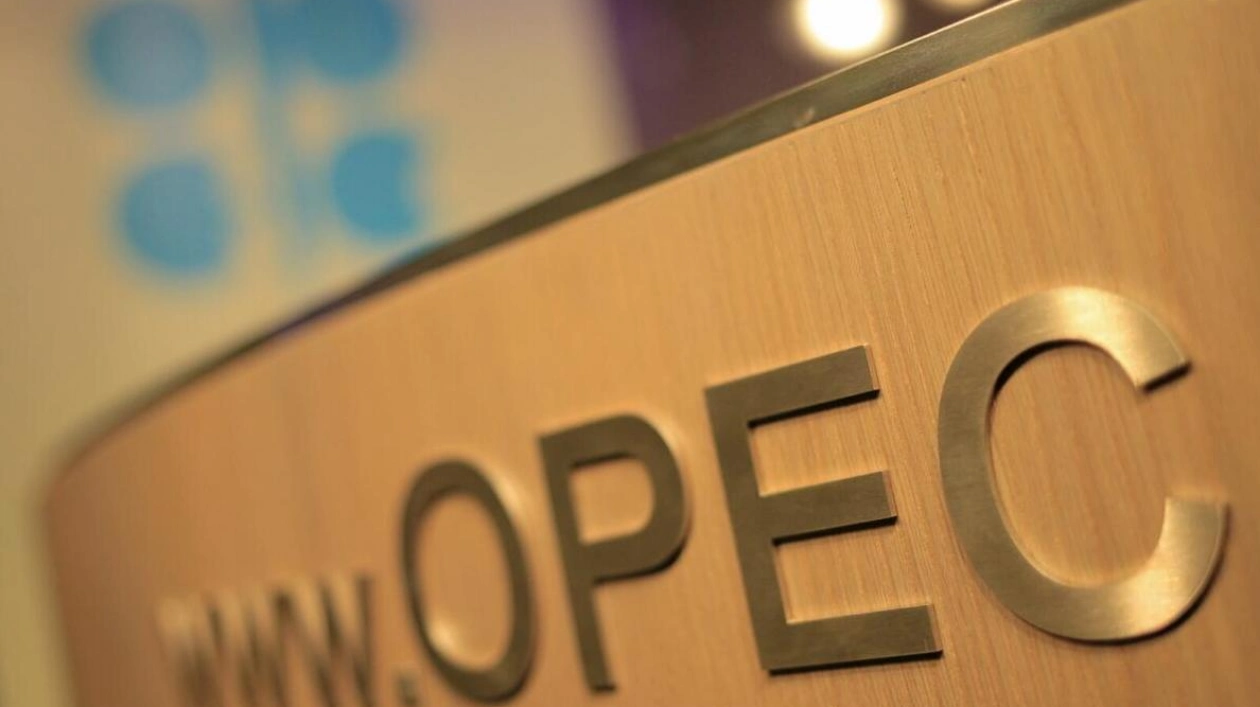OPEC has increased its medium and long-term forecasts for global oil demand in its annual outlook, attributing the growth to India, Africa, and the Middle East, as well as a slower transition to electric vehicles and cleaner fuels. The Organization of the Petroleum Exporting Countries, in its 2024 World Oil Outlook released on Tuesday, anticipates demand to rise for a longer period than other forecasters such as BP and the International Energy Agency, which predict oil use will peak this decade. This extended period of increasing consumption would benefit OPEC, whose 12 members rely heavily on oil revenue. OPEC argues that there will be more resistance to "ambitious" clean energy targets and points to several global automakers scaling back their electrification goals.
"There is no peak oil demand on the horizon," OPEC Secretary-General Haitham Al Ghais wrote in the foreword to the report launched in Brazil, a non-OPEC member with whom the group is seeking closer ties. "Over the past year, there has been further recognition that the world can only phase in new energy sources at scale when they are genuinely ready." OPEC forecasts global oil demand to reach 118.9 million barrels per day (bpd) by 2045, which is around 2.9 million bpd higher than expected in last year's report. The report extends its timeline to 2050, predicting demand will hit 120.1 million bpd by then, far exceeding other industry forecasts for 2050.
OPEC has been advocating for increased investment in the oil industry and estimates that the sector needs $17.4 trillion to be spent by 2050, compared to $14 trillion needed by 2045 as estimated last year. "All policymakers and stakeholders need to work together to ensure a long-term investment-friendly climate," Al Ghais wrote. OPEC also raised its medium-term demand forecasts, citing a stronger economic backdrop as inflation pressures ease and central banks begin to lower interest rates. World demand in 2028 is expected to reach 111 million bpd, and 112.3 million bpd in 2029, with the 2028 figure up 800,000 bpd from last year's prediction.
OPEC's 2029 forecast is more than 6 million bpd higher than that of the IEA, which projected demand will plateau in 2029 at 105.6 million bpd. In 2020, OPEC adjusted its outlook when the pandemic hit oil demand, predicting consumption would plateau in the late 2030s. As oil use has recovered, OPEC has begun raising its forecasts again. By 2050, OPEC forecasts there will be 2.9 billion vehicles on the road, an increase of 1.2 billion from 2023. Despite the growth of electric vehicles, combustion engine vehicles will still account for over 70% of the global fleet in 2050, according to the report.
OPEC and its allies, known as OPEC+, are cutting supply to support the market. The report predicts OPEC+'s share of the oil market will rise to 52% in 2050 from 49% in 2023, as U.S. output peaks in 2030 and non-OPEC+ output peaks in the early 2030s.






